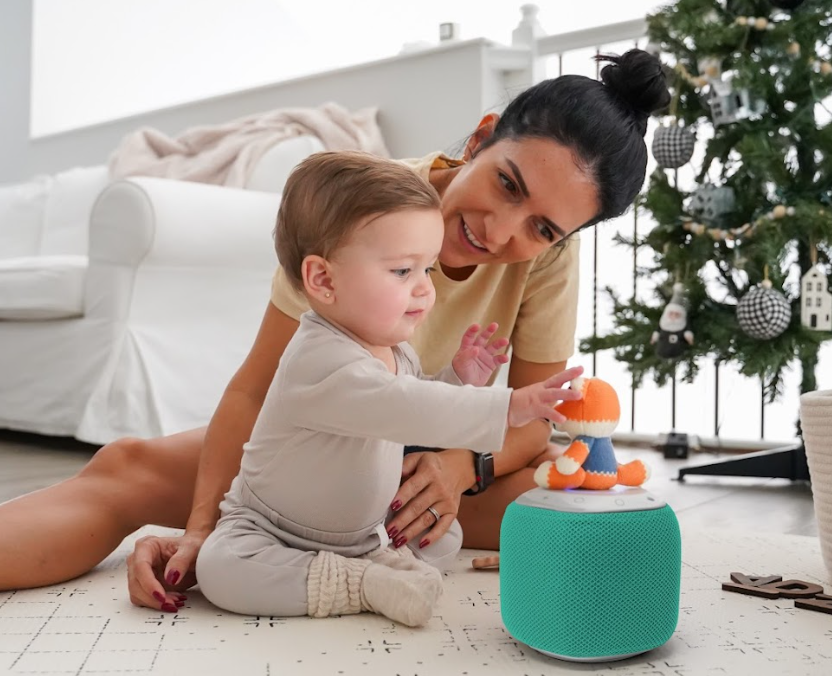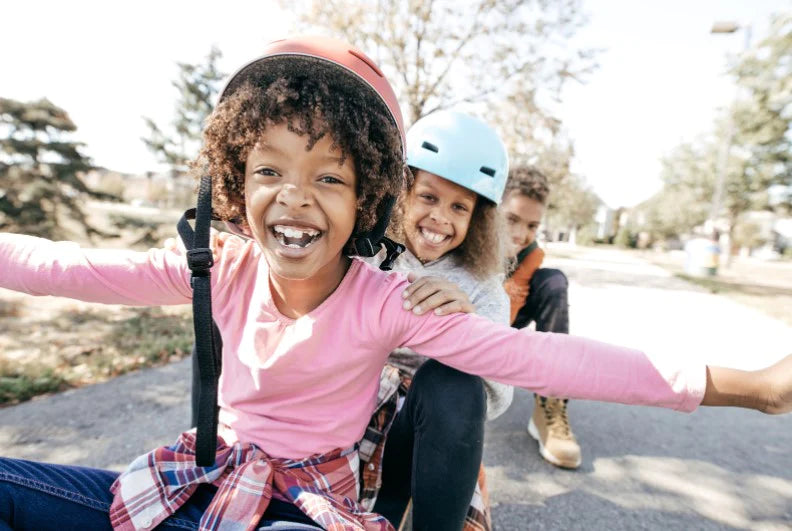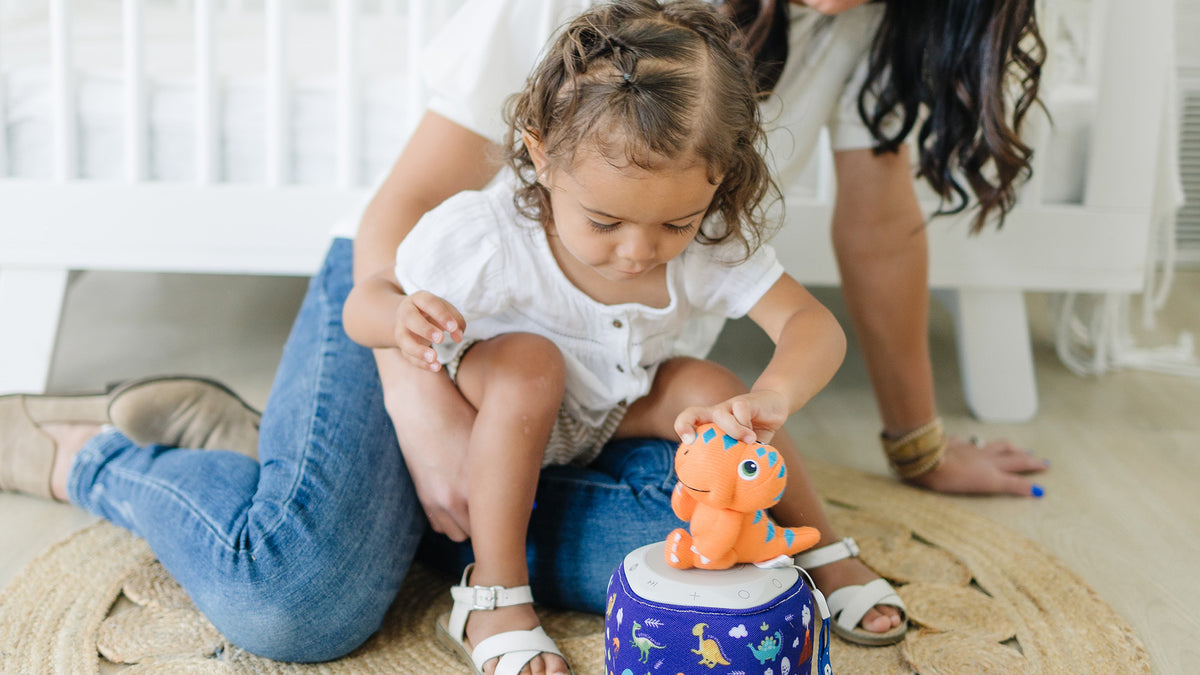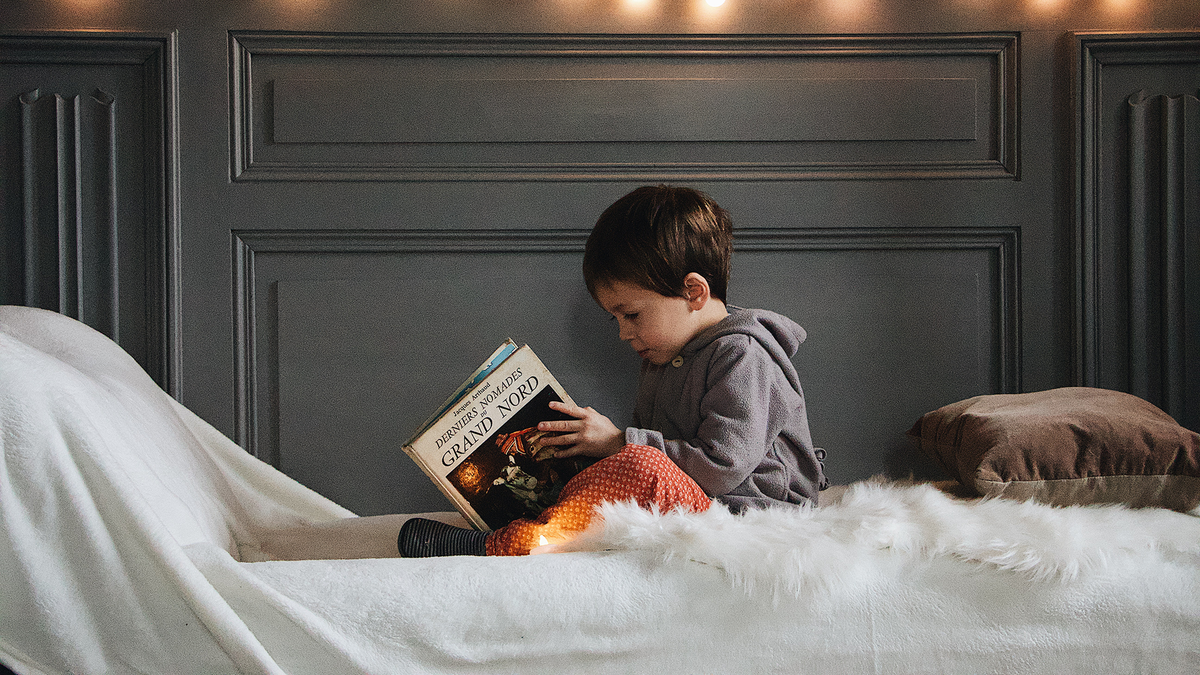Your 1-year-old is learning a lot this year, and one of the things they will be solidifying is their understanding of cause and effect. You may notice your little one throwing items from their high chair or dumping out the contents of a box. This is because they're experimenting! Some of your child's seemingly impulsive behaviors are actually them learning about what happens through certain actions. A great way to encourage their learning about cause and effect (without the mess) is to engage them in container play!
Container play involves filling containers with objects and allowing children to explore them, which can help them develop a better understanding of how the world works because it allows children to see how their actions can change the environment. Check out a few ideas below!
- Create sensory bins - Sensory bins are simply bins filled with items that engage your child's senses. Generally, it contains a large amount of something they can sink their hands into, (such as sand, oatmeal, slime, or dried pasta,) and a number of items that have different textures, sizes, and smells. For example, you can make a beach themed sensory bin that's filled with sand and includes seashells, toy fish, water beads, and a small, plastic shovel. Your child will love feeling the sand run through their fingers, burying the toys, and using the shovel to dig. Just be sure that the items you include aren't a choking hazard and supervise them at all times.
- Water bin - When it gets warm out, set up a large container or a small kiddie pool with water, items that may sink or swim, and plastic containers of various sizes. Let them explore tossing items in the water to see what happens and pouring water from one vessel into another. Ice cubes could also be a fun addition as your child watches them melt. Again, be sure to continuously supervise your child when playing around large containers of water.
- Cardboard boxes - Take a cardboard box and cut holes of varying sizes all over. Then, provide your little one with items to place inside the box. Your child will get to experiment with what fits where and what happens when they shake the box full of items.
- Tupperware play - Fill several tupperwares with items of different weights, sizes, and textures and then close the lid. Then, let your child play around with shaking the tupperwares, opening the lids and dumping out the contents, and perhaps filling them up again. They'll notice how a toy car will clank around whereas a tupperware filled with cotton will be light and silent. You'll be amazed at how long your child will stay engaged with just simple, everyday items!
Parents often notice that their small children will tend to shy away from loud, plastic toys with all the bells and whistles but then become fascinated with the box. This is because loud, electronic toys can be overwhelming and do all the work for them! By gathering a few household items with some intentionality, you can set your little one up for hours of fun that will allow them to learn about their environment and the concept of cause and effect. Just remember to be safety-conscious and supervise at all times!








